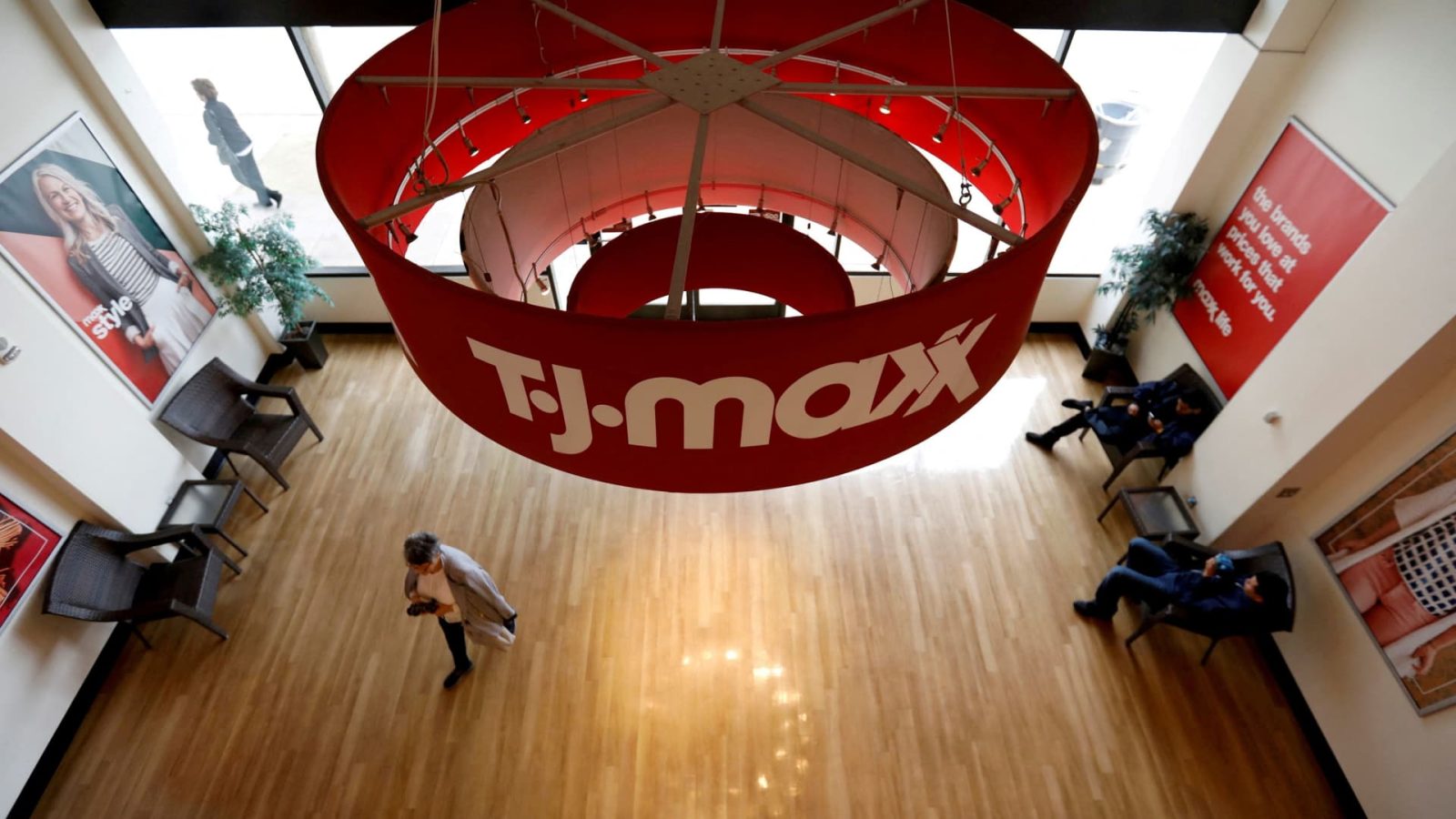The consumer is expected to remain resilient this year, but some retailers will benefit more than others. Consumer spending drives the U.S. economy, accounting for 68% of gross domestic product — and several analysts on Wall Street forecasted that spending will remain strong through 2024. However, the prioritization of that spending will result in winners and losers. Three research notes released this week attempted to answer who the winners and losers will be. Goldman Sachs: ‘Messaging to be mixed’ In a note published Tuesday, analysts at Goldman Sachs said they expect “messaging to be mixed” from retailers as some lose market share while others gain, but that the overall spending is “more resilient this year than many investors had expected.” In their view, “aspirational purchases” are going to remain pressured while “value-oriented channels” continue to do well as middle-income consumers have come under pressure and continue to seek out the best bang for their buck. As was the case in 2023, investors who do the homework and differentiate between names that cater to the consumer will be better rewarded than those simply looking to buy a basket of names. Goldman economists expect nominal (meaning not adjusted for inflation) disposable income growth of 5.5% in 2023. That’s down from an expected 7.5% increase in 2023 but still a healthy number. Equally important, total household cash inflow in 2024 is expected to accelerate to 5.5%, up from 3.2% in 2023, “as the decline in mortgage equity withdrawals normalizes.” At the same time, they expect spending growth for essentials to slow, thereby leaving more money left over for discretionary purchases. As a result, Goldman said, “This leads [the analysts] to forecast accelerated spending growth on discretionary items in 2024 with the acceleration expected to be evident beginning in 4Q23.” Consumer discretionary stands to win at the expense of consumer staples. Bernstein on student loan impact Adding to the complexity of the retail landscape, student loan repayments are resuming, a dynamic many worry will further pressure an already tight consumer budget. Another note, published by Bernstein analysts on Wednesday, attempts to quantify this headwind. The analysts estimate a 2% total impact to the apparel and footwear sector but smoothed over the next 12 months with high variance amongst winners and losers. Off-price, luxury and sportswear will be least impacted, and department stores and durables most affected. Similar to Goldman’s take, it’s the middle-income consumer that will feel the biggest impact as “counterintuitively, lower-income consumers are least exposed, due to income-driven repayment protections in place.” Stores with middle-income consumer bases that don’t offer a fantastic value will be hardest hit since they will feel most of the resumption of loan repayments (and decline in mortgage equity). That’s bearish for department stores and those selling high-ticket durable goods such as “home furnishings/decor/large goods purchases are easy to defer, cost a lot of money, and consumers have already pulled forward demand through Covid.” Winners, on the other hand, will likely be luxury, where the consumer skews higher income, sportswear outlets as back-to-school season is in full effect and more casual attire is becoming widely adopted (thank you remote/hybrid work), and of course off-price retailers — Club name TJX Companies (TJX) as well as Ross Stores (ROST) and Burlington (BURL) — that offer the best value for more budget-conscious consumers. Loop raises TJX price target That brings us to a note published Wednesday by analysts at Loop Capital, which raised its price target to $105 per share from $100 on TJX, the company behind the T.J. Maxx, Marshalls and HomeGoods chains. (Our Club price target is $100 and we have the stock as a 2-rating ). TJX YTD mountain Apple YTD performance In the Loop note, the analysts said they’re seeing “better brands in TJX stores than [they] have noted in [their] decade-plus of checks,” adding that gross profit margins continue to improve as the supply chain starts to normalize and elevated logistics costs abate. In line with the trade-down commentary from the analysts at Bernstein, the Loop analysts commented, “We see off-price taking market share this year. We think TJX may be best-positioned given its better brands to see more young trade-down customers now that they’re repaying student loans again.” The preference for TJX also comes, in part, due to the company having the highest income customer base of the three main off-price retailers (again, TJX Companies, Ross Stores, Burlington). That’s why we’re happy to stick with TJX on the view that it’s a primary beneficiary of a resilient middle-income consumer who simply wants to see their dollar go a bit further, but isn’t feeling enough pressure to clamp down on discretionary purchases altogether. (See here for a full list of the stocks in Jim Cramer’s Charitable Trust.) As a subscriber to the CNBC Investing Club with Jim Cramer, you will receive a trade alert before Jim makes a trade. Jim waits 45 minutes after sending a trade alert before buying or selling a stock in his charitable trust’s portfolio. If Jim has talked about a stock on CNBC TV, he waits 72 hours after issuing the trade alert before executing the trade. THE ABOVE INVESTING CLUB INFORMATION IS SUBJECT TO OUR TERMS AND CONDITIONS AND PRIVACY POLICY , TOGETHER WITH OUR DISCLAIMER . NO FIDUCIARY OBLIGATION OR DUTY EXISTS, OR IS CREATED, BY VIRTUE OF YOUR RECEIPT OF ANY INFORMATION PROVIDED IN CONNECTION WITH THE INVESTING CLUB. NO SPECIFIC OUTCOME OR PROFIT IS GUARANTEED.
The consumer is expected to remain resilient this year, but some retailers will benefit more than others.
Read the full article here












Leave a Reply